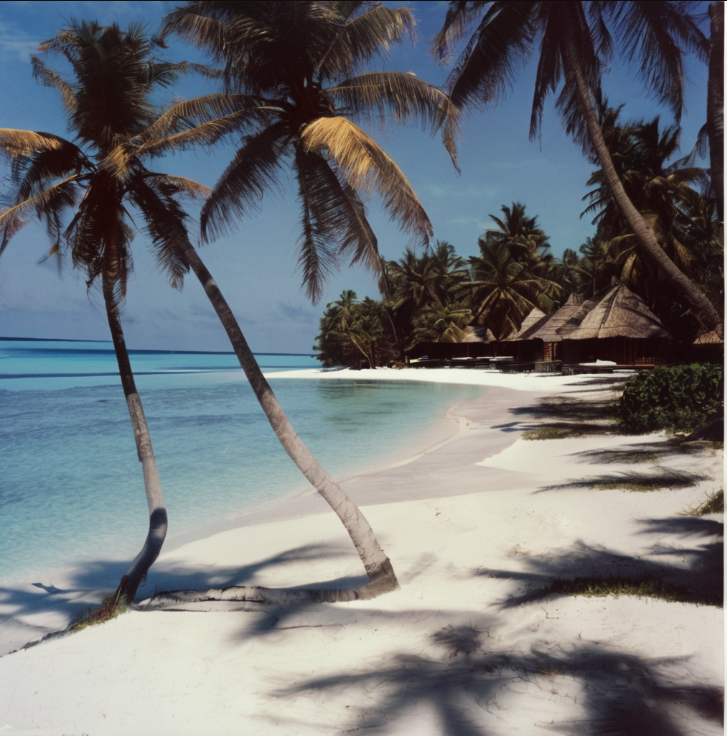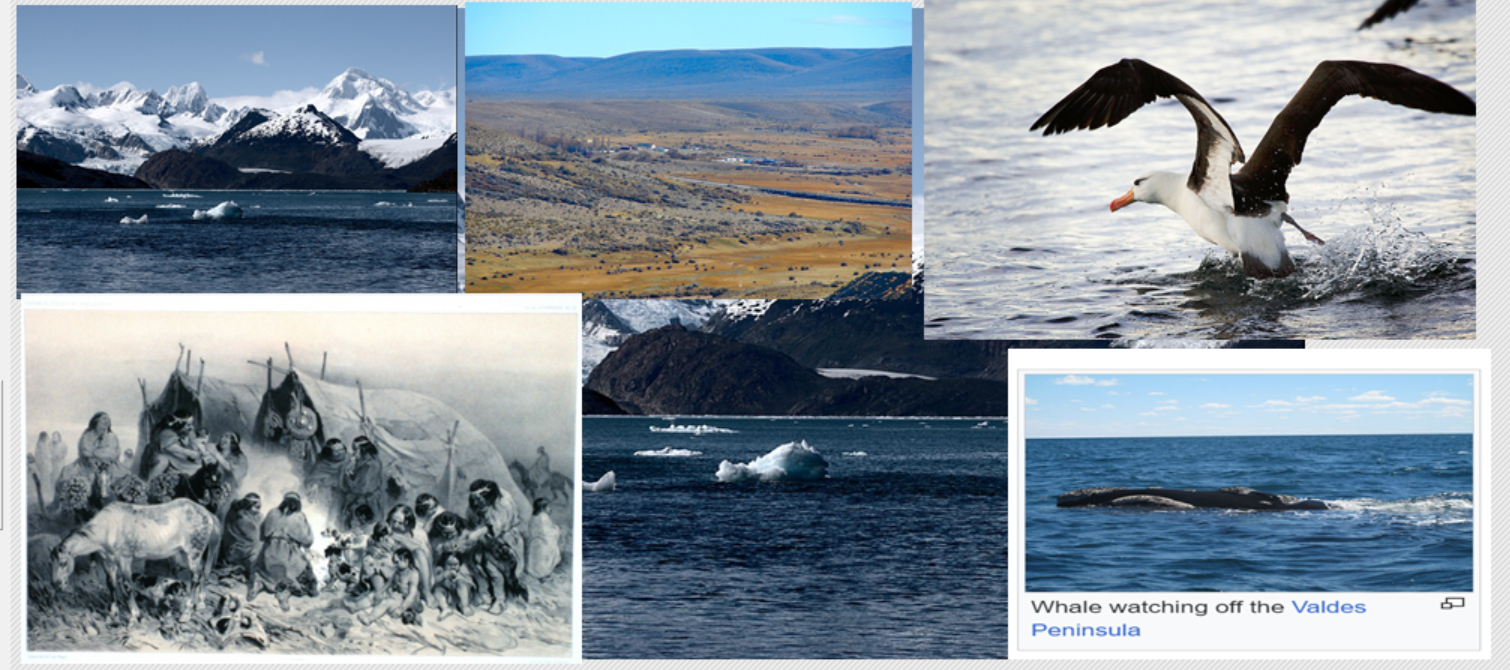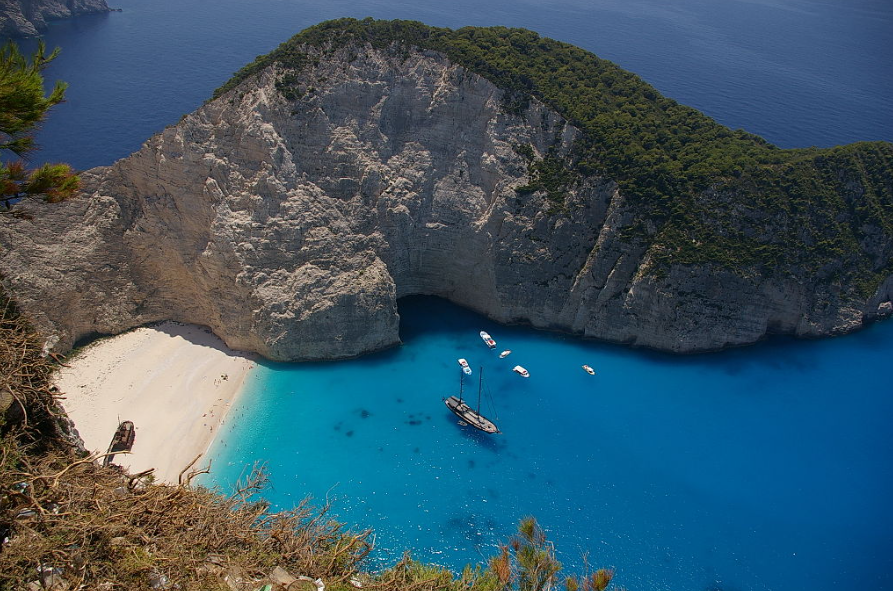The Maldives in the 1980s was the luxurious beach destination Worldwide
Tourism Development: The 1980s saw a significant push to develop the Maldives' tourism industry. The government recognized the potential of the country's pristine beaches and rich marine life as a major draw for tourists.
Despite the lack of amenities, the Maldives in the 1980s was a place of stunning natural beauty. The islands were pristine and undeveloped, and visitors could enjoy the peace and quiet of this remote paradise.
The 1980s was a decade of significant change for the Maldives. The government began to invest in tourism infrastructure, and the number of resorts started to grow into 1990.
Cultural and Social Impact of Tourism in the 80s
• Economic Effects
• Changes in Lifestyle and Infrastructure
Challenges Faced by Tourism in the 1980s
The growth of tourism, along with the export of tuna and other marine products, contributed to the Maldives' economic development during the 1980s. The country's GDP per capita rose steadily throughout the decade.
However, the influx of tourists and exposure to Western influences prompted debates about preserving the country's cultural identity and traditional values.
• Environmental Concerns
• Economic and Political Factors
Overall, the 1980s marked a significant period of economic growth and modernization for the Maldives, driven largely by the burgeoning tourism industry, while also presenting challenges in balancing development with environmental conservation and cultural preservation.
Tourism Development: The 1980s saw a significant push to develop the Maldives' tourism industry. The government recognized the potential of the country's pristine beaches and rich marine life as a major draw for tourists.
Despite the lack of amenities, the Maldives in the 1980s was a place of stunning natural beauty. The islands were pristine and undeveloped, and visitors could enjoy the peace and quiet of this remote paradise.
The 1980s was a decade of significant change for the Maldives. The government began to invest in tourism infrastructure, and the number of resorts started to grow into 1990.
Cultural and Social Impact of Tourism in the 80s
• Economic Effects
• Changes in Lifestyle and Infrastructure
Challenges Faced by Tourism in the 1980s
The growth of tourism, along with the export of tuna and other marine products, contributed to the Maldives' economic development during the 1980s. The country's GDP per capita rose steadily throughout the decade.
However, the influx of tourists and exposure to Western influences prompted debates about preserving the country's cultural identity and traditional values.
• Environmental Concerns
• Economic and Political Factors
Overall, the 1980s marked a significant period of economic growth and modernization for the Maldives, driven largely by the burgeoning tourism industry, while also presenting challenges in balancing development with environmental conservation and cultural preservation.
The Maldives in the 1980s was the luxurious beach destination Worldwide
Tourism Development: The 1980s saw a significant push to develop the Maldives' tourism industry. The government recognized the potential of the country's pristine beaches and rich marine life as a major draw for tourists.
Despite the lack of amenities, the Maldives in the 1980s was a place of stunning natural beauty. The islands were pristine and undeveloped, and visitors could enjoy the peace and quiet of this remote paradise.
The 1980s was a decade of significant change for the Maldives. The government began to invest in tourism infrastructure, and the number of resorts started to grow into 1990.
Cultural and Social Impact of Tourism in the 80s
• Economic Effects
• Changes in Lifestyle and Infrastructure
Challenges Faced by Tourism in the 1980s
The growth of tourism, along with the export of tuna and other marine products, contributed to the Maldives' economic development during the 1980s. The country's GDP per capita rose steadily throughout the decade.
However, the influx of tourists and exposure to Western influences prompted debates about preserving the country's cultural identity and traditional values.
• Environmental Concerns
• Economic and Political Factors
Overall, the 1980s marked a significant period of economic growth and modernization for the Maldives, driven largely by the burgeoning tourism industry, while also presenting challenges in balancing development with environmental conservation and cultural preservation.
0 Commentarios
0 Acciones
397 Views








